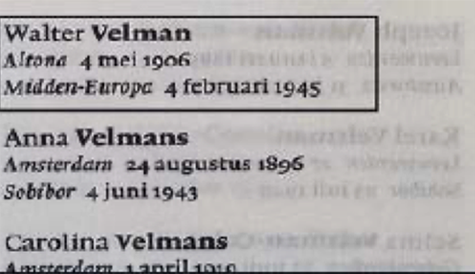Evolution of Holocaust in Holland
Purpose
This display exhibit uses philatelic artifacts and contemporary material to document the destruction of the Jewish population in Holland. The Holocaust in Holland evolved from pre-war Refugee Camps through a series of Transit and Concentration Camps to the gas chambers of Auschwitz and Sobibor. It includes examples of mail sent to and from the camps and tells the personal, harrowing stories of a few who survived and the more than 105,000 Dutch Jews that perished.
The exhibit shows the progression from arrest to internment and finally to deportation “to the East”. The vast majority of these civilians were interned at Transit Camp Westerbork before being sent to their deaths.
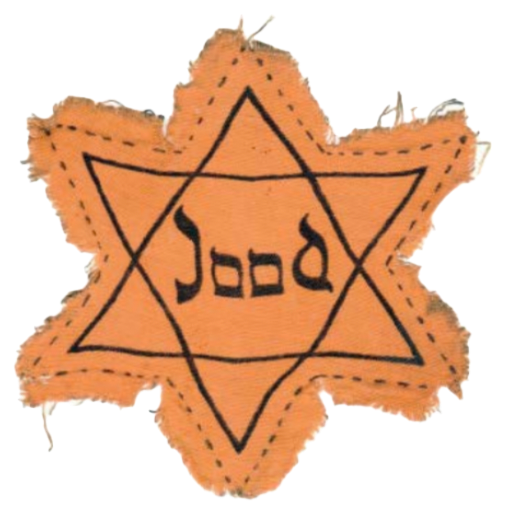
Exhibit Plan
The covers included herein, and the personal stories they contain, document the increasingly harsh treatment by the Nazis of the Dutch, especially the Jewish population. Each cover is properly described as to its rates and service paid for, handling in the post, and routes traveled, and censorship markings are identified.
Tragedy Foretold
A mundane Change of Address form takes on a sinister aspect. On September 8, 1943 Alex Salomons notifies his friends in Amsterdam that he has been deported to Westerbork and is staying in Barracks 63. Alex was born in Hilversum on August 22, 1901. Records show that he “died somewhere in Poland” on March 31, 1944, aged 43.
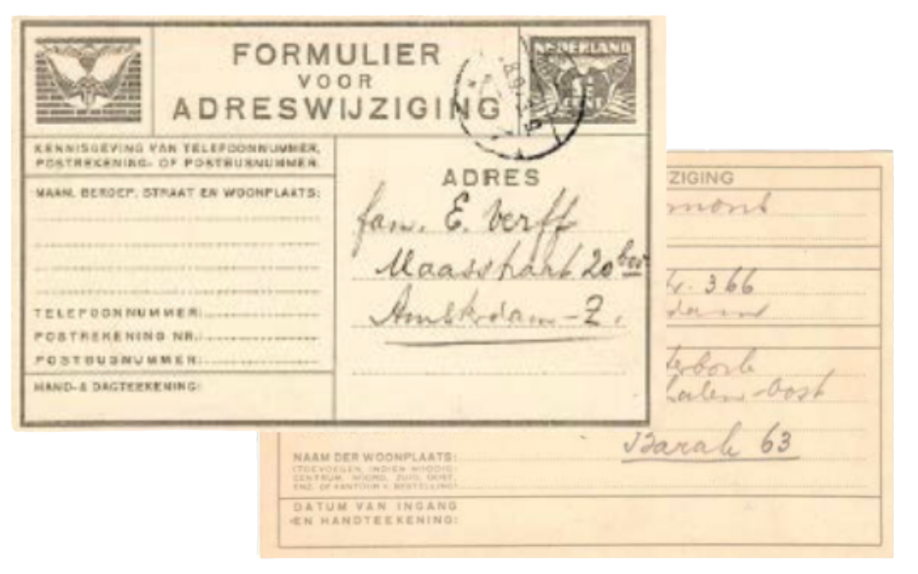
Development and Historical Context
On May 17, 1938 the Dutch Minister of Justice issued an order that refugees would no longer be granted residence permits. After Kristallnacht (Night of the Broken Glass) in Germany on November 9, 1938 Holland no longer admitted new refugees from Germany. In early 1939 a permanent Central Refugee Camp, Westerbork, was established in the small village of Hooghalen. Germany invaded Holland on May 10, 1940. They banned Jews from the civil service and required that they declare their business assets. In January 1941, all Jewish persons were ordered to register and 159,806 individuals complied, including 19,561 persons born of mixed marriages. The total included some 25,000 Jewish refugees from the German Reich. In February 1941 the first “razzia” or roundup of young Jewish men took place.
Camp Westerbork continued to operate as a Refugee Camp until July 1, 1942, when the responsibility for the camp’s operation was taken over by the Befehlhaber der Sicherheitspolizei und der SD. Camp Westerbork ceased to be a Refugee Camp and became Durchgangslager Westerbork, Transit Camp Westerbork where Jews were held before being sent “to the East”. They were told that they would work for the Germans, but this was difficult to believe as the transports included children and the elderly, as well as the physically and mentally ill. However, no one yet knew the full extent of the terrible fate that awaited them. Transports from Camp Westerbork ended in September 1944 and the camp was finally liberated by Canadian forces on April 12, 1945. Only 876 inmates were found alive.

Pre-War Refugee Camps
Legal Refugees
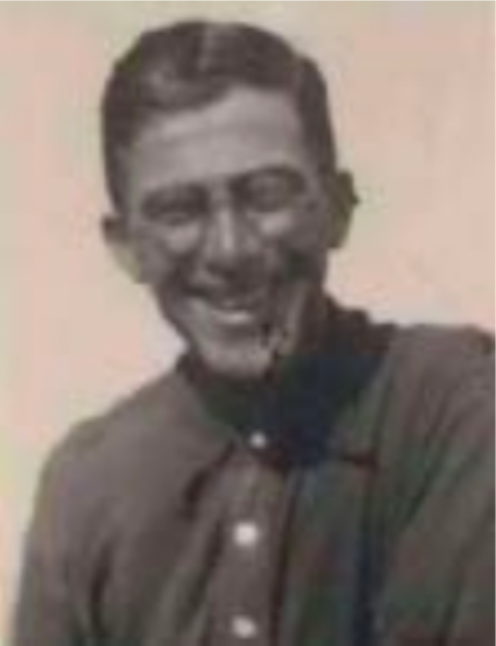
Between 1934 and 1942 thirty-six young Jews, intending to emigrate to Palestine, were educated at a farm in Weerselo in the Dutch Province of Overijssel. These so-called Palestine Pioneers were preparing for a life of farming on kibbutzes. Among them were several young Jewish refugees from German. One of them was Willi Weinberg, who had been born in Oelde, Germany on September 21, 1911. He stayed at the farm in Overijssel from October 1936 until July 1937. In January 1938 he married Margrete Grünebaum in Amsterdam.
Postcard with postmark AMSTERDAM dated February 17, 1938 from Willi Weinberg to the Palestina Amt (Rotterdam), a Zionist and Palestine-based organization founded in 1908, which issued certificates allowing Jewish refugees to enter Palestine. The text (see translation) refers to passports which will be sent to the Amt.
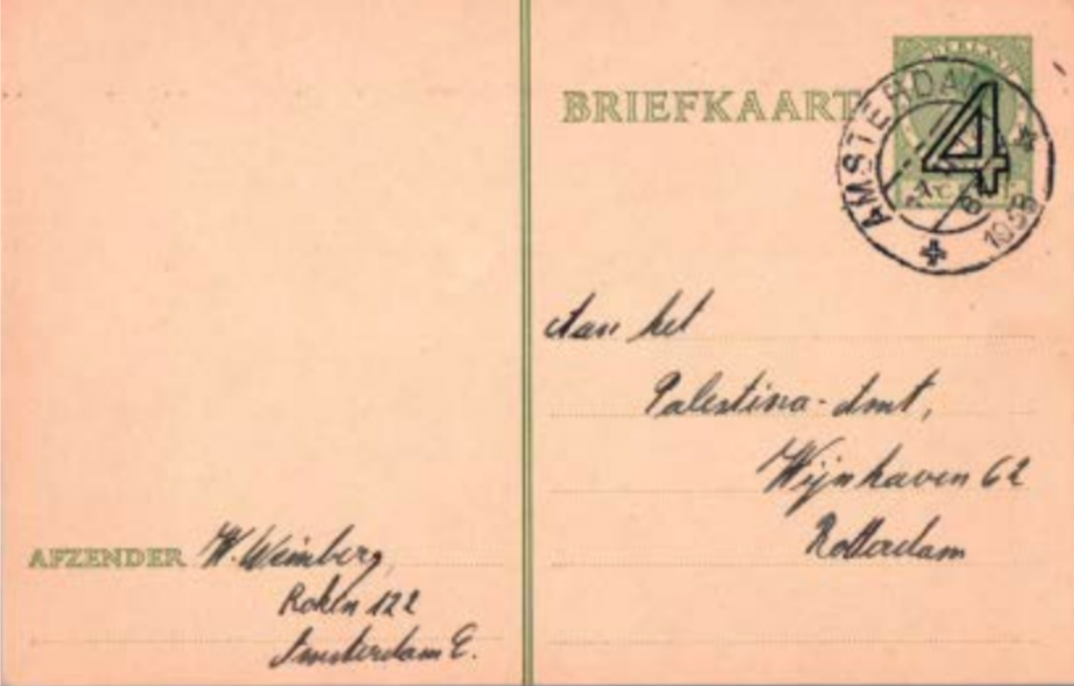
Willi and his new wife, Margrete, left Holland for Palestine in March 1938. Weinberg died in Israel in 1987 and his wife in 2006.The addressee, Isaac Cohen, was the Director of Palestina Amt in Rotterdam. As there were only 36 Palestine Pioneers philatelic material from this small group is extremely rare.
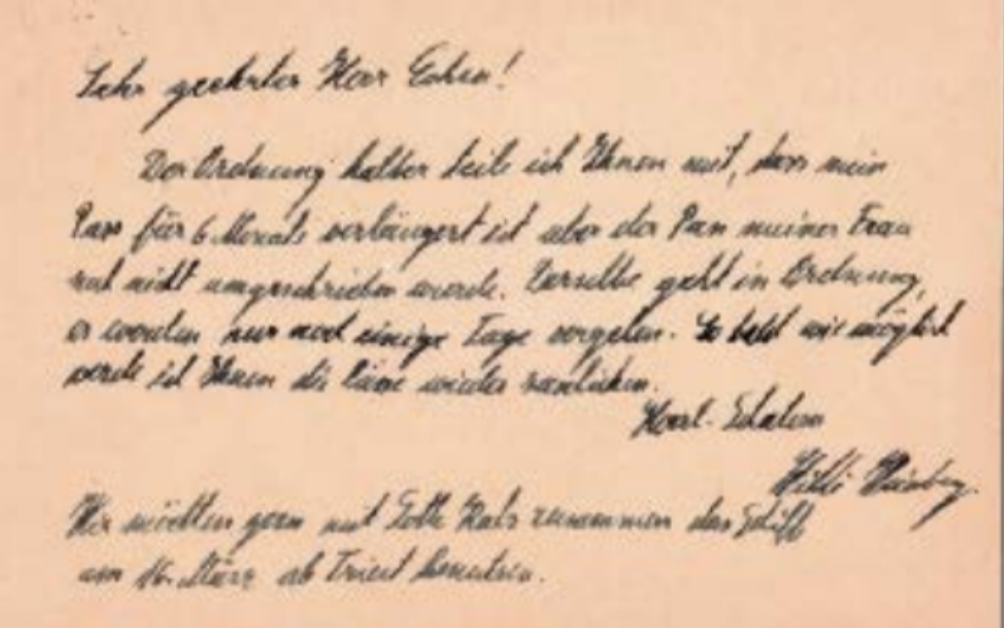
Highly respected Mr. Cohen!
For the sake of good order, I wanted to let you know that my passport was extended for 6 months, but my wife’s has not yet been changed.
Everything will be in order as it should only take a couple of days. I will send you back the passports as soon as possible.
Best regards,
Willi Weinberg
We would very much like to book the ship from Trieste (leaving) on March 16 together with Lotte Katz.
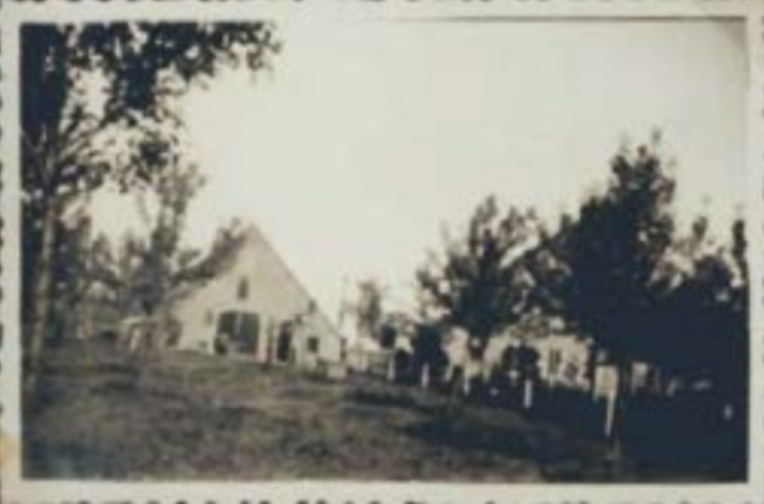
Important and/or fortunate refugees were housed in the immigrant hotels Koninginnehoofd in Rotterdam, owned by the Holland–America Shipping Line, and the Lloyd Hotel in Amsterdam. The Lloyd Hotel was shut down in August 1939. Incoming and outgoing mail from both hotels was opened and spot-checked but did not receive any censorship markings.
The sender of this letter, Julius Rabinowitz, born in Leipzig in 1893, most likely gave it to someone who was traveling to the USA. His return address is given as the Vluchtelingenkamp or refugee camp located at Wilhelminakade 74, i.e. the Koninginnehoofd Hotel. The letter was mailed on board ship on July 21, 1939 and does not have any censorship markings. Julius Rabinowitz, who
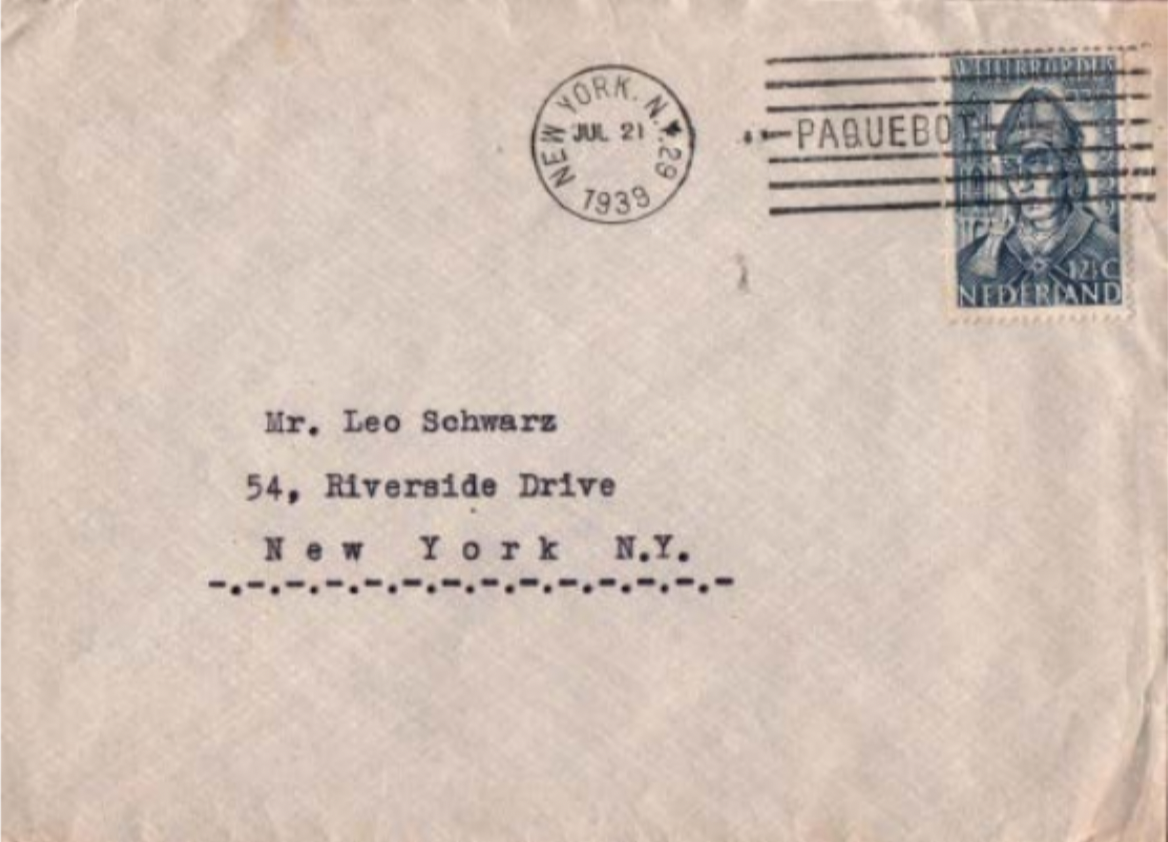
.png)
Illegal Refugees
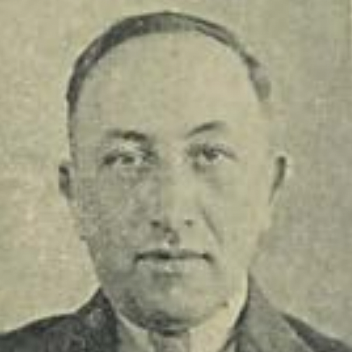
After May 1938, most arriving Jewish refugees entered the country illegally and were subsequently interned by the Dutch government in several camps, including Rotterdam Vacantie School (RVS) in Hoek van Holland (west of Rotterdam). Refugees lost their freedom and their mail was censored. This domestic letter dated March 9, 1939, sent from RVS, was addressed to Rosette Esther Charlotte Limburg van Praag. She was married to Hijman Limburg, an engineer. Starting in 1940 all Dutch Jews were banned from teaching at public institutions. Dr. Limburg could only tutor private students in mathematics, physics and chemistry.
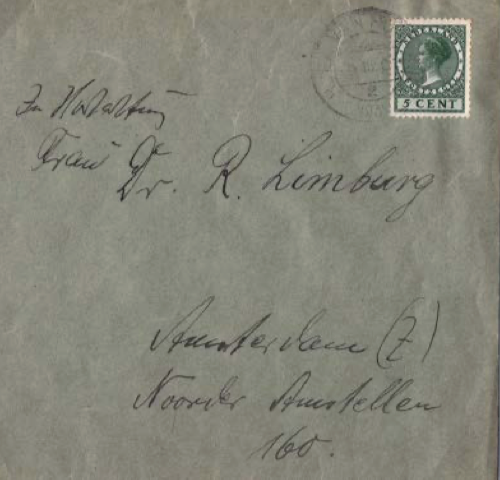
Domestic letter tariff 5 cents to 200 grams (from Sept. 1, 1937 to August 20, 1940).
Hoek van Holland – Amsterdam, March 9, 1939
After May 1938, most arriving Jewish refugees entered
the country illegally and were subsequently interned by the Dutch government in several camps,
including Rotterdam Vacantie School (RVS) in Hoek van Holland (west of Rotterdam). Refugees lost
their freedom and their mail was censored. This domestic letter dated March 9, 1939, sent from
RVS, was addressed to Rosette Esther Charlotte Limburg van Praag. She was married to Hijman
Limburg, an engineer. Starting in 1940 all Dutch Jews were banned from teaching at public
institutions. Dr. Limburg could only tutor private students in mathematics, physics and
chemistry.

GEOPEND DOOR CENSUUR Vluchtelingen kamp H.v.H.OPENED BY CENSOR Refugee camp H(oek) v(an) H(olland)
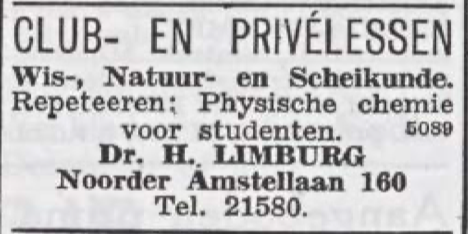
Refugee mail had to be deposited in the camp’s private mailbox, after which it was read by a censor and given the red hand stamp shown on the reverse.
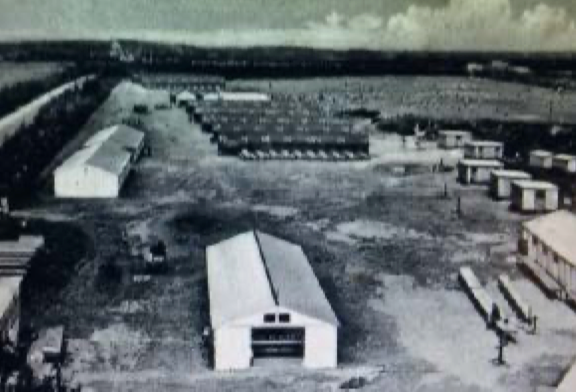
%20%E2%80%93%20Hoek%20van%20Holland%2C%20February%2011%2C%201939.png)
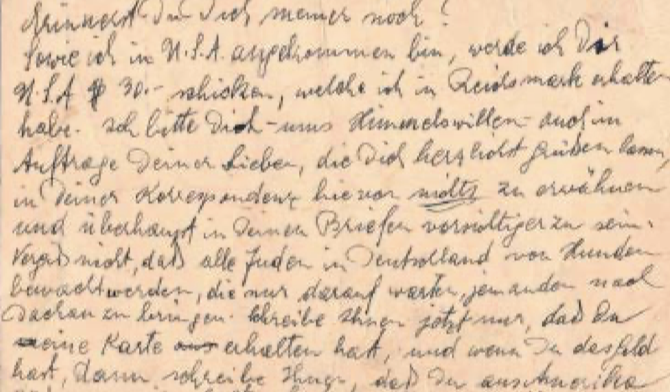
Dear Paul!
Do you still remember me? As soon as I arrive in the USA I will send you the $30, which I received in Reichsmarks. I urge you… never mention anything to your family about this and be more careful in your letters. Do not forget that all Jews in Germany are watched by dogs who are waiting for the moment they can send you off to Dachau. Write only that you received my card… and nothing else…
After December 17, 1938, illegal refugees could no longer obtain residency permits and illegal refugees were interned in one of four camps. The camp in Hoek van Holland was initially located in the meat export building, before being relocated to the Rotterdam Vacation School. Other camps were located in Reuver, Norg and Hellevoetsluis. Refugees lost their freedom of movement and their mail was censored. Postcards and letters had to be deposited in a special mailbox. They were read by the censor and, if passed, received the handstamp shown together with the censor’s initials.
This letter was sent from Camp Hellevoetsluis, a camp for Jewish refugees, to Amsterdam. The sender is Ernst Weinberg, born in Berlin on May 26, 1920. As an illegal Jew, he had been held in Camp Norg and was transferred to Camp Hellevoetsluis on January 3, 1939. He departed with 300 German and 20 Dutch Jews on the ship “Dora” on July 19, 1939, and arrived in Palestine on August 12, 1939. The censorship marking C.I.N. stands for Censuur Interneringskamp Norg, i.e. Censorship Internment Camp Norg. Norg is a village in the Drenthe province. It was the location of the Veenhuizen work camp. Jewish inmates were required to wear prison clothes and treated poorly. The camp was to closed on January 3, 1939, and the inmates transferred to Hellevoetsluis. The C.I.N. censorship stamp was taken from Norg to Hellevoetsluis. This is the second recorded usage of this handstamp.
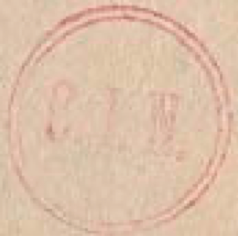
.png)

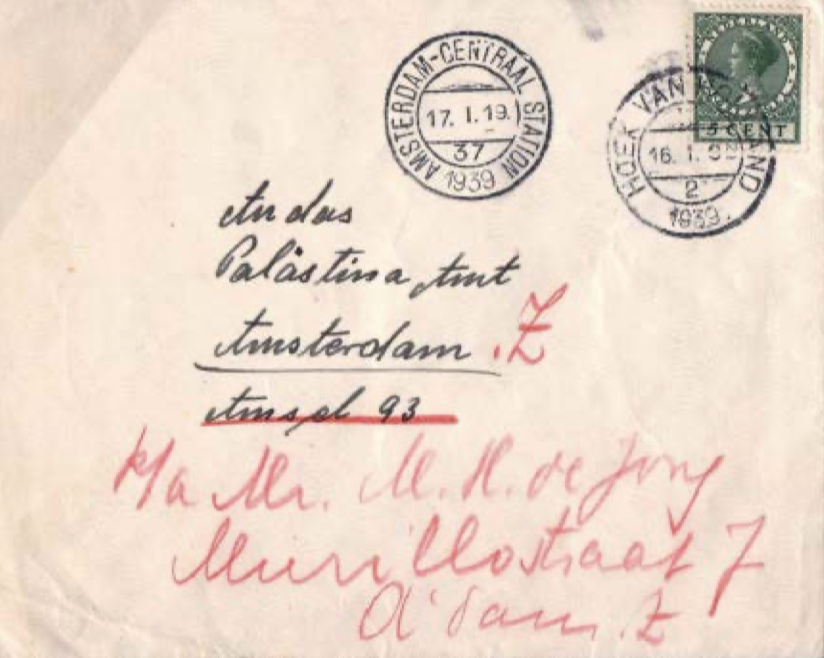
Although the Dutch government did not welcome the refugees, there were social and religious groups that tried to help. One such group, the Catholic Committee for Refugees, was particularly concerned with assisting baptized Jews. Two camps were established in Sluis (Province of Zeeland); one for Catholic refugees in an empty convent in St. Annastraat, with another camp for non-Catholics in the former boarding school St. Joseph. In contrast with the four official camps, residents of these independent camps were able to enjoy freedom of movement and their mail was not censored.
This letter dated January 16, 1939, from S. A. Elsoffer, a Jewish resident of the Hoek van Holland Refugee Camp, is addressed to the Palestina Amt in Amsterdam, a Zionist organization involved in helping Jews emigrate to Palestine. The writer’s name does not appear in the list of Holocaust victims, and so he or she may have been successful in reaching Palestine and surviving the war.
%20%E2%80%93%20Camp%20St.%20Annastraat%2C%20November%208%2C%201939.png)
British letter tariff 2.5 pence (UPU rate in effect from May 14, 1923 until May 1, 1940 when it was increased to 3 pence).
This cover dated November 8, 1939 was sent from Rochdale, England to Maria S. Traube, who was staying at the Sint Annastraat camp. No further information on Maria Traube is available.
The letter was opened and resealed by British Censor # 407.
Central Refugee/Transit Camp Westerbork
The S.S. St. Louis Voyage of the Damned
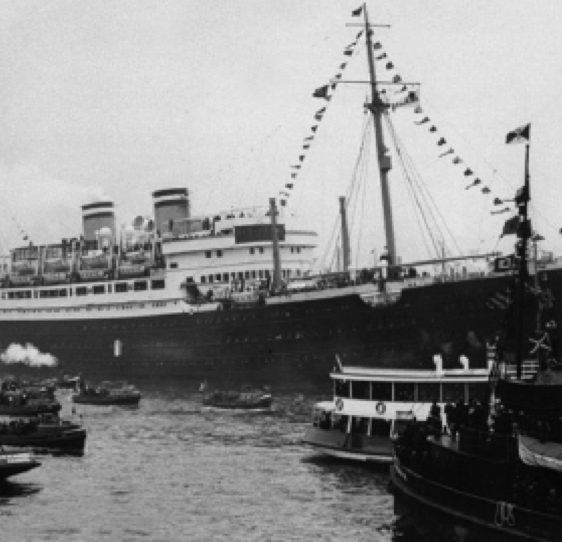
On May 13, 1939, the German ocean liner S.S. St. Louis set sail from Hamburg to Cuba with 936 Jewish German refugees on board. They considered themselves to be the fortunate ones who had been able to obtain Cuban visas. The majority had applied for USA visas and wanted to await the outcome in Cuba. The passengers were unaware that corrupt immigration officials had Cuban President Laredo Bru declare all visas invalid. Hostility towards immigrants and anti-Semitism undoubtedly played a role.
When the ship docked in Havana on May 26, 1939, only 22 refugees were allowed to disembark. To their disbelief, all other passengers had to remain on board. Among them were Walter and Hilde Velman. All efforts by Captain Gustav Schröder to help the refugees were in vain. On June 2, the St. Louis was ordered to leave Cuban waters. Personal pleas to President Roosevelt to provide refuge were unanswered, and the ship returned to pre-war Europe, arriving on June 6, 1939.

The passengers were not returned to Germany. Jewish organizations negotiated with four European governments to admit the refugees. Entry visas were finally provided by Great Britain (288), the Netherlands (181), Belgium (214) and France (224). The 181 refugees accepted by the Dutch government were initially housed in Rotterdam and then after six weeks they were transferred to Westerbork, at that point still a refugee camp.
%2C%20October%2010%2C%201943.png)
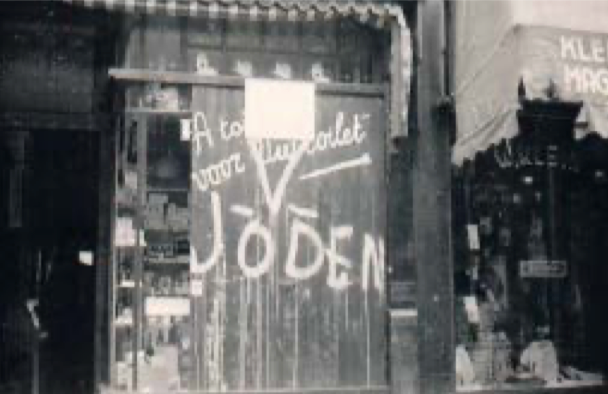
Among the refugees were Walter Velman and his wife Hilde. This card, dated October 10, 1943, and sent from Camp Westerbork, is the 48th in a series that he sent to his sister, Marie, in Hamburg-Altona, the town of his birth. He writes in German, “We have to be contented”. On September 6, 1944, Walter was taken to Theresienstadt on the next to last transport from Westerbork. He would die on February 4, 1945, shortly before his 39th birthday. Hilde Velman survived the war.
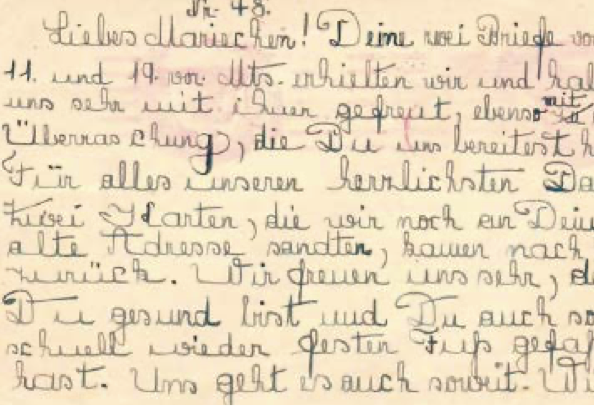
Nr. 48
Dear little Marie! Received your letters from the 11th and 19th, and we were also very pleased with the surprise that you prepared for us. Our sincere thanks for everything. Two pages which we had sent to the old address were returned. We are very pleased that you are healthy and that you settled again so quickly. We have to be contented. For now, all our warmest greetings and kisses. Your brother Walter and Hilde.
